The number of vehicles on Britain’s roads hit a record high in 2024, climbing 1.4% to 41.96 million, according to fresh Motorparc figures from the Society of Motor Manufacturers and Traders (SMMT).
Cars led the charge, with 470,556 more hitting the roads, bringing the total to 36.17 million – the third straight year of growth and the second biggest annual jump since 2016. Behind the rise is a strong new car market and booming battery EV uptake, with BEVs accounting for nearly 20% of new registrations last year.
Vans also hit a new high, up 1.8% to over 5.1 million – a million more than in 2015. HGVs and buses held steady, though the UK’s public transport fleet is now the smallest on record.
But it’s EVs that are powering the shift. The number of plug-in vehicles surged 34.6% to 2.16 million, now making up 1 in every 20 vehicles. BEVs alone jumped 38.9% to 1.33 million, crossing the million-car milestone and accounting for 3.7% of all cars in use – a full percentage point rise from 2023.
Despite the electric rise, petrol cars still dominate, with 21 million in use (up 1%), while diesels continued their slide – down 4.4% to 11.6 million, their fifth consecutive annual fall.
The shift to cleaner cars is working. Average CO₂ emissions fell 1.6%, with company car emissions dropping 5.6% thanks to stronger EV fleet incentives. Private car emissions nudged down just 1%, underscoring the call for more consumer support to accelerate decarbonisation.
But the parc is ageing with the average car on the road now 9.5 years old, up from 9.3 in 2023 and well above the 8-year average seen just five years ago. More than 43% of cars have been in service for over a decade – predating cleaner Euro 6 standards.
Commercial vehicles are going greener too. Zero-emission buses jumped 81.8% to 3,494 – nearly 5% of the fleet – while battery vans rose 31.6% to 80,476. Electric trucks remain rare but on the rise.
Mike Hawes, SMMT chief executive, said: “Britain’s vehicle parc is growing, providing essential mobility for the nation while reducing its environmental impact. However, there is scope to push environmental improvements much faster as motorists are holding onto their cars for longer, some one and half years longer on average, than only five years ago.
“Drivers need more incentives and greater confidence in infrastructure investment if we are to replace the high volumes of older high-emission cars with zero-emission alternatives. Success will keep the country on the move while driving up economic growth from every business dependent on road transport.”
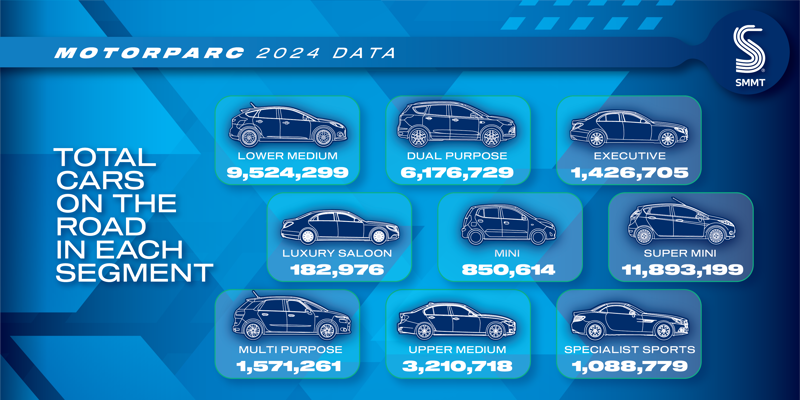
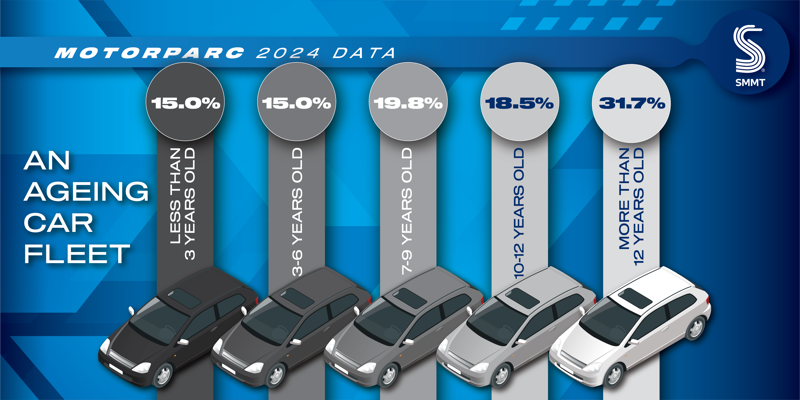
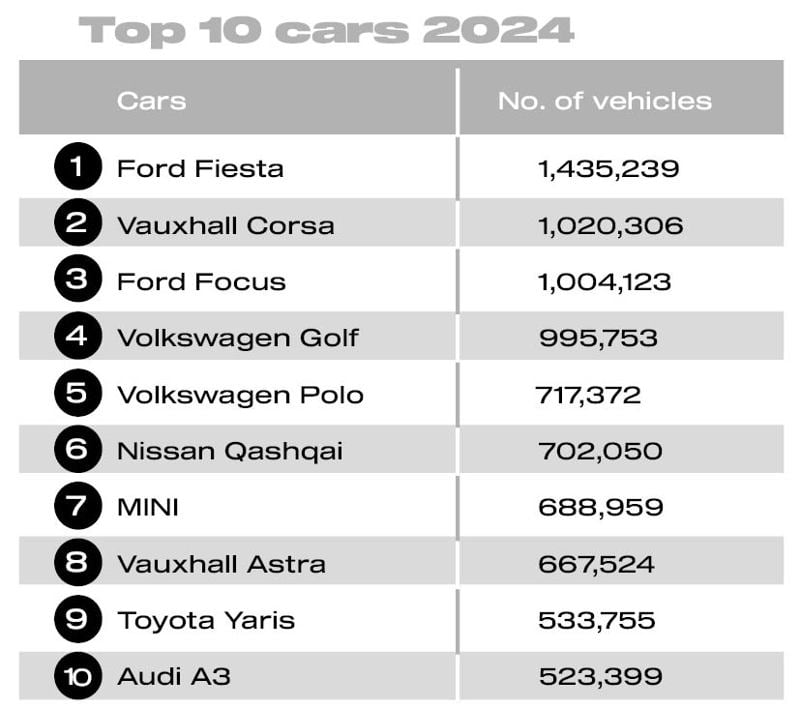
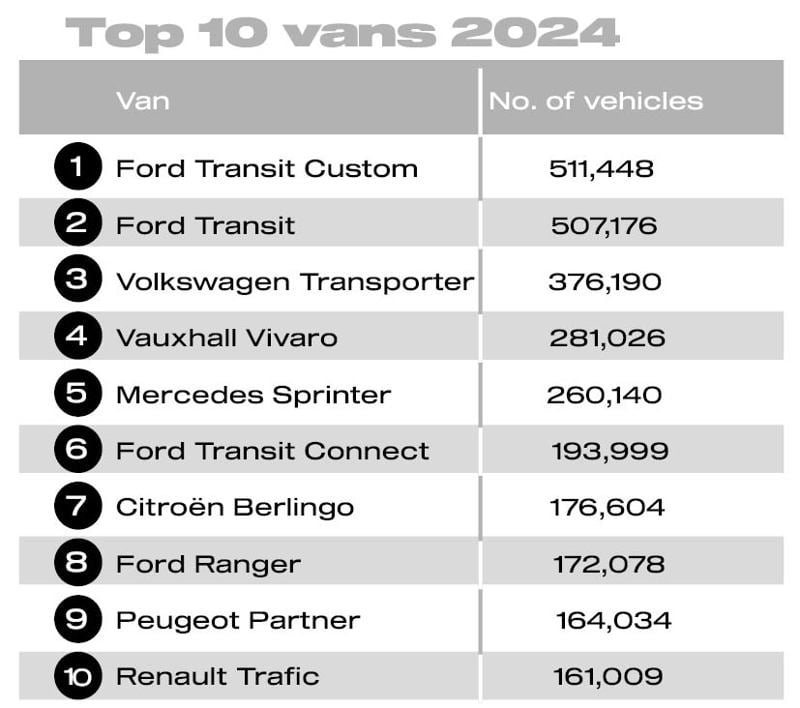

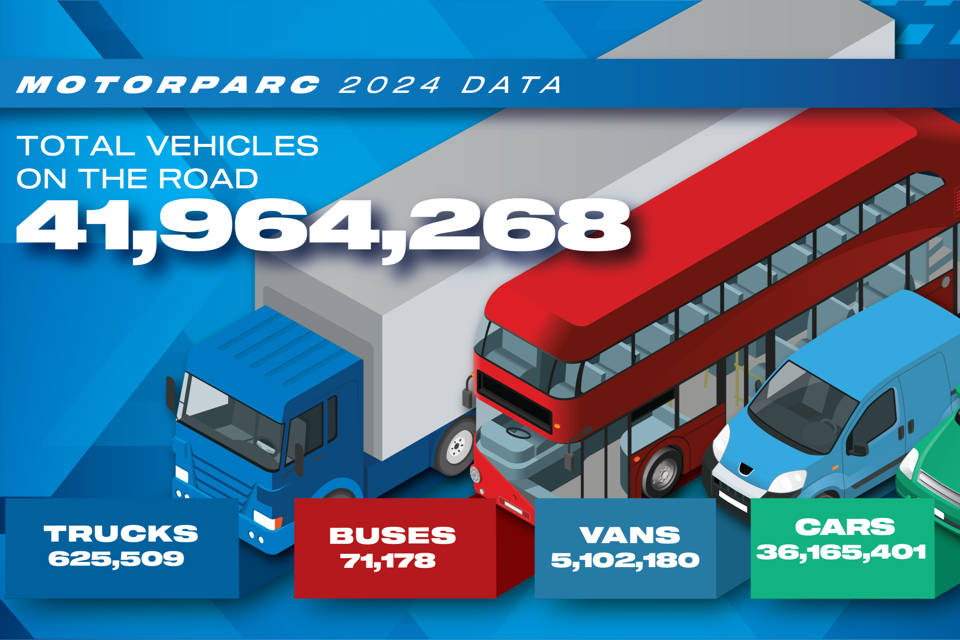


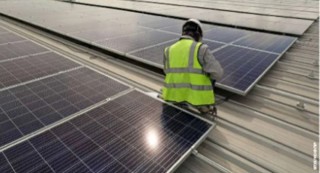

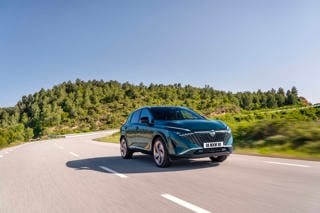
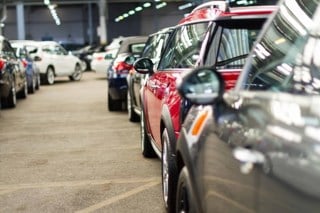
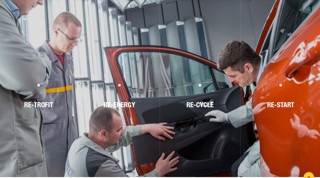
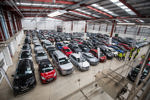











Login to comment
Comments
No comments have been made yet.